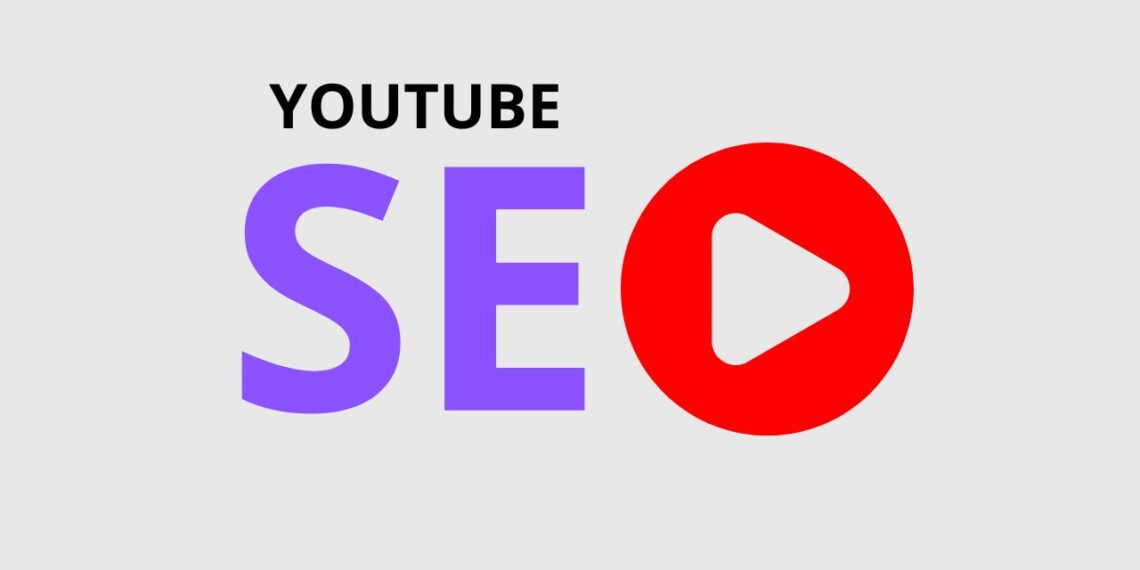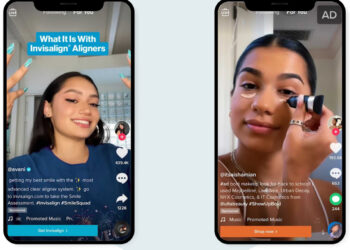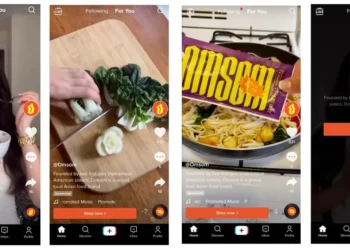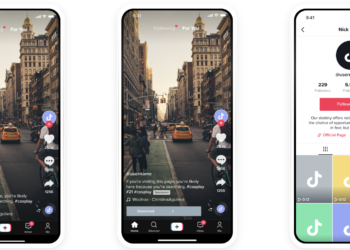Imagine you’ve just baked the perfect cake, but instead of placing it on a display table, you hide it in your pantry. No one would know it exists, and it certainly wouldn’t win any accolades. This is exactly what happens when you create an amazing YouTube video but don’t optimize it for search engines. Your content might be fantastic, but without proper SEO, it could remain hidden from the vast audience that would appreciate it. Welcome to the world of YouTube SEO, where we ensure your video gets the attention it deserves!
In this guide, we’ll explore the best practices for optimizing your YouTube videos, ensuring they rank well in search results and attract more viewers. Let’s get started on this exciting journey to make your content shine!
1. Keyword Research: The Foundation of SEO
Finding the Right Keywords
Just like a treasure hunt, keyword research is about finding the words and phrases your potential viewers are searching for. Use tools like Google Keyword Planner, TubeBuddy, and Keywords Everywhere to discover high-volume keywords relevant to your content.
Example: If your video is about “healthy smoothie recipes,” target keywords might include “easy smoothie recipes,” “nutritious shakes,” and “fruit smoothie ideas.” Focus on both primary keywords and secondary long-tail keywords to cover various search intents (Buffer) (Shopify).
2. Crafting Compelling Video Titles
The Power of a Good Title
Your video title is akin to a book’s cover – it’s the first thing viewers see and can determine whether they click on your video or not. Include your primary keyword in the title and keep it engaging and concise.
Title Formula: Primary Keyword – Secondary Keyword | Brand Name
Example: “How to Bake Chocolate Chip Cookies – Easy Recipe Tutorial | Sweet Delights” ensures your primary keyword is upfront and adds secondary keywords naturally (Buffer).
3. Writing Effective Video Descriptions
Description Magic
Your video description should be more than just a summary; it’s prime real estate for your keywords and additional context. Start with your primary keyword within the first 25 words, and make sure your description is at least 250 words long.
Example: “Learn how to bake delicious chocolate chip cookies with this easy recipe tutorial. Perfect for beginners, this video covers everything you need to know, from ingredients to baking tips. Don’t miss our special tips for making your cookies extra chewy!” (Buffer).
4. Utilizing Tags for Better Visibility
Tagging Tips
Tags help categorize your video and make it more discoverable. Use a mix of broad and specific tags, including your primary and secondary keywords. Research competitors to see what tags they use for similar content.
Example: Tags for a smoothie recipe video might include “smoothie,” “healthy drinks,” “breakfast ideas,” and “smoothie recipes” (Shopify).
5. Designing Custom Thumbnails
Visual Appeal
A thumbnail is like a mini billboard for your video. Custom thumbnails should be eye-catching and relevant to your content. They should have a resolution of 1280×720 pixels and be under 2MB in size.
Tips:
- Use bright colors and bold text to stand out.
- Ensure the thumbnail represents the video content accurately to avoid misleading viewers (Social Media Dashboard).
6. Adding Timestamps and Chapters
Segmenting Content
Timestamps (or chapters) break down your video into segments, making it easier for viewers to find specific parts. This not only improves user experience but also helps YouTube understand your video’s structure.
Example: For a 10-minute smoothie recipe video:
- 0:00 Introduction
- 1:00 Ingredients
- 2:30 Preparation Steps
- 6:00 Blending
- 8:00 Serving Tips
- 9:30 Conclusion (Social Media Dashboard).
7. Engaging with Your Audience
Building Community
Engagement is key to YouTube’s algorithm. Encourage viewers to like, comment, and subscribe. Respond to comments to build a community and increase viewer interaction.
Example: “Let us know your favorite smoothie ingredient in the comments below! Don’t forget to like and subscribe for more delicious recipes.” (Ahrefs).
8. Leveraging YouTube Cards and End Screens
Interactive Elements
Use YouTube cards and end screens to promote other videos, playlists, or your channel. This keeps viewers engaged and encourages them to watch more of your content.
Example: Add a card at the 5-minute mark of your smoothie recipe video suggesting another video on healthy breakfast ideas. Use end screens to promote your “Healthy Recipes” playlist (Social Media Dashboard).
9. Maintaining a Consistent Posting Schedule
Consistency is Key
Regular posting keeps your audience engaged and helps with algorithm favorability. Create a content calendar to ensure you upload regularly and stay relevant to your viewers.
Example: Plan to upload a new recipe video every Tuesday and a cooking tip every Friday (Ahrefs).
10. Cross-Promoting Your Videos
Broader Reach
Share your YouTube videos on other social media platforms like Facebook, Twitter, and Instagram to drive more traffic. Embedding videos in blog posts can also boost views and engagement.
Example: Post a teaser of your smoothie recipe video on Instagram with a link to the full video on YouTube (Ahrefs).
11. Analyzing Performance
Data-Driven Improvement
Use YouTube Analytics to track your video’s performance. Pay attention to metrics like audience retention, watch time, and click-through rate. Adjust your content strategy based on these insights to continually improve your SEO.
Example: If you notice viewers drop off at a certain point, analyze why and adjust future content to maintain engagement throughout (Ahrefs).
Conclusion
Optimizing your YouTube videos for search engines is like setting the stage for a grand performance. By researching the right keywords, crafting compelling titles and descriptions, engaging with your audience, and leveraging YouTube’s features, you can ensure your videos get the attention they deserve. Remember, SEO is not a one-time task but an ongoing process. Keep refining your strategy, and watch your YouTube presence grow. Happy optimizing!










